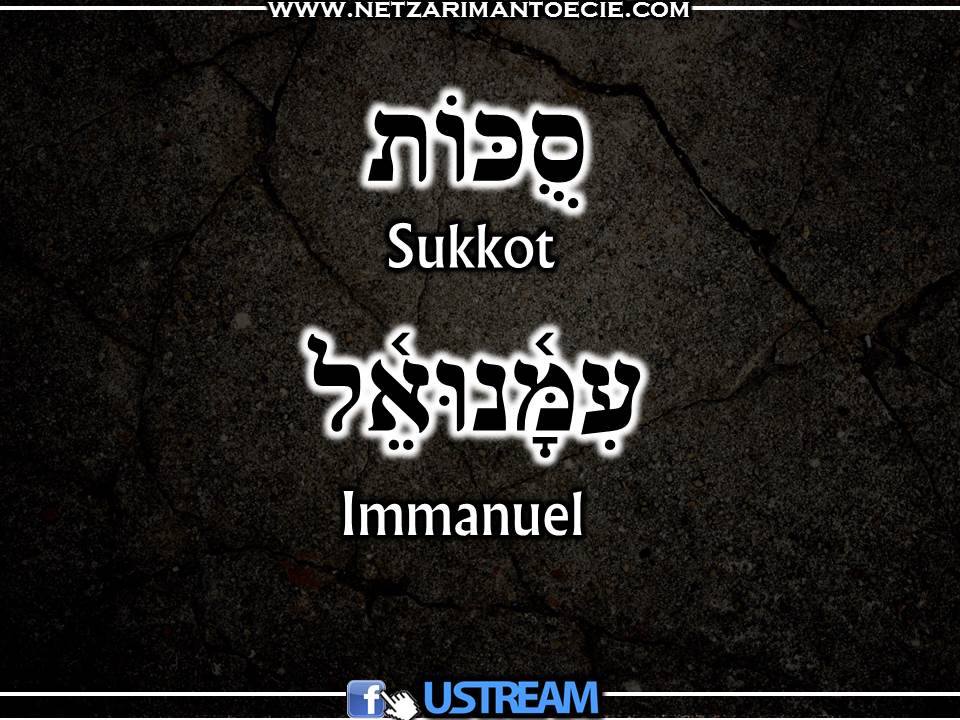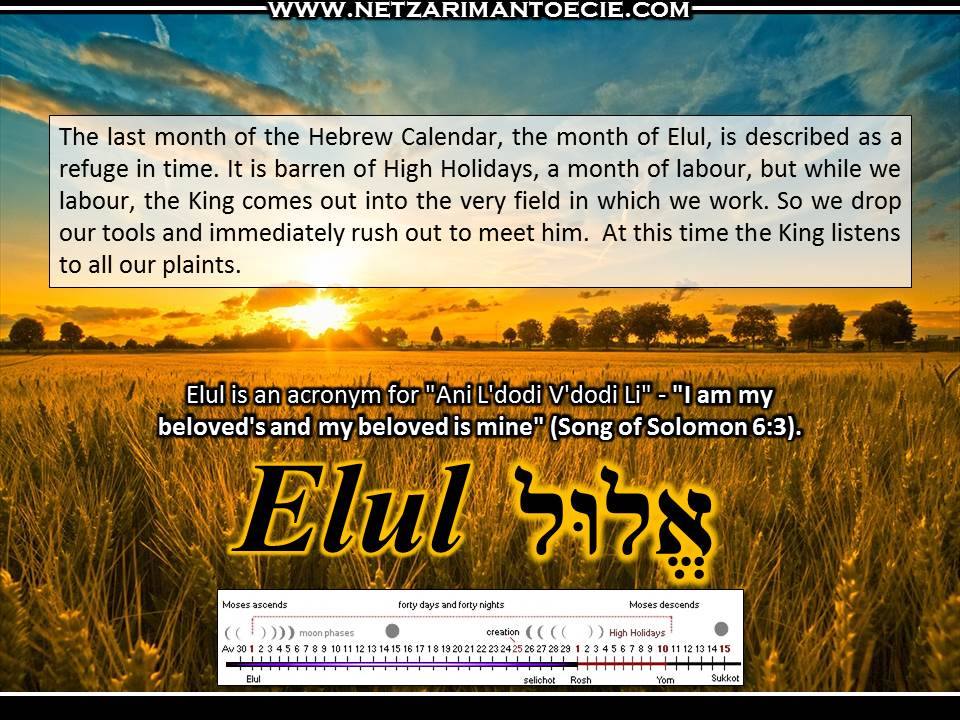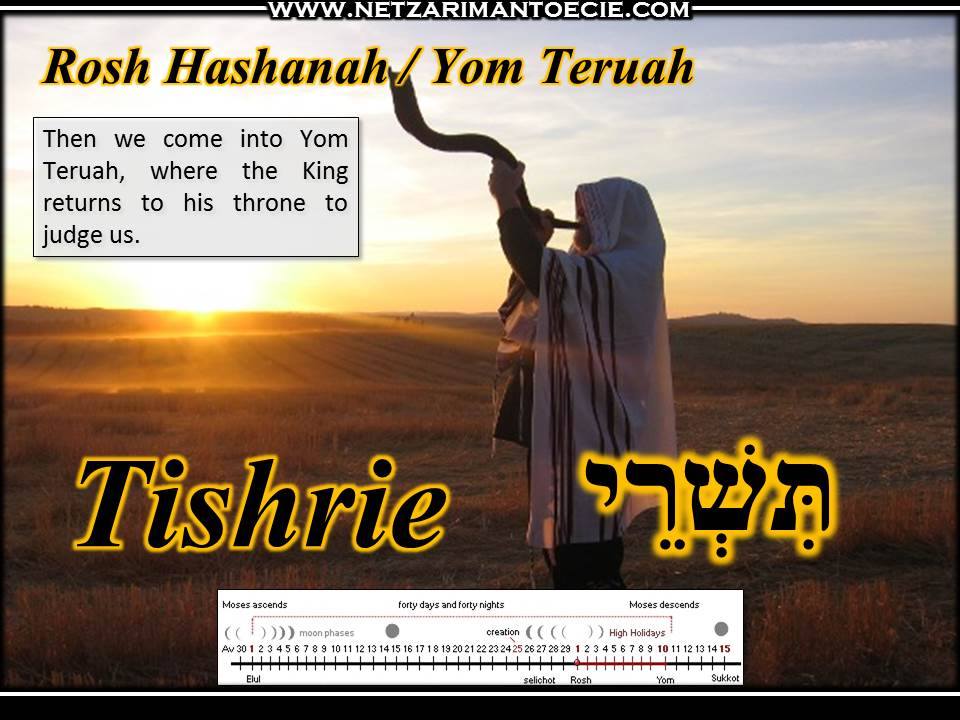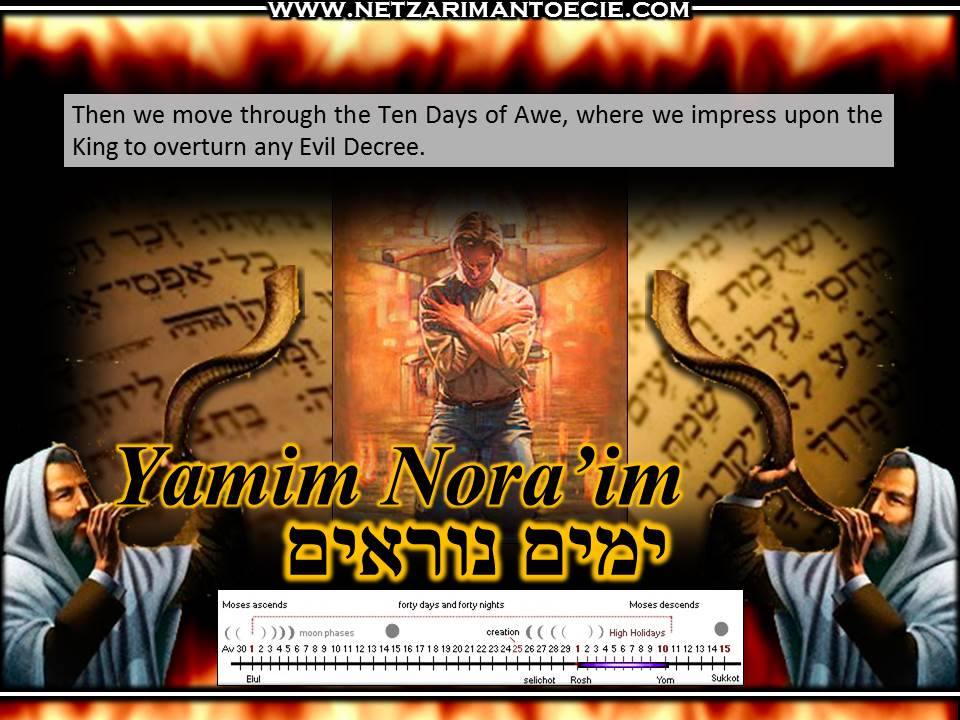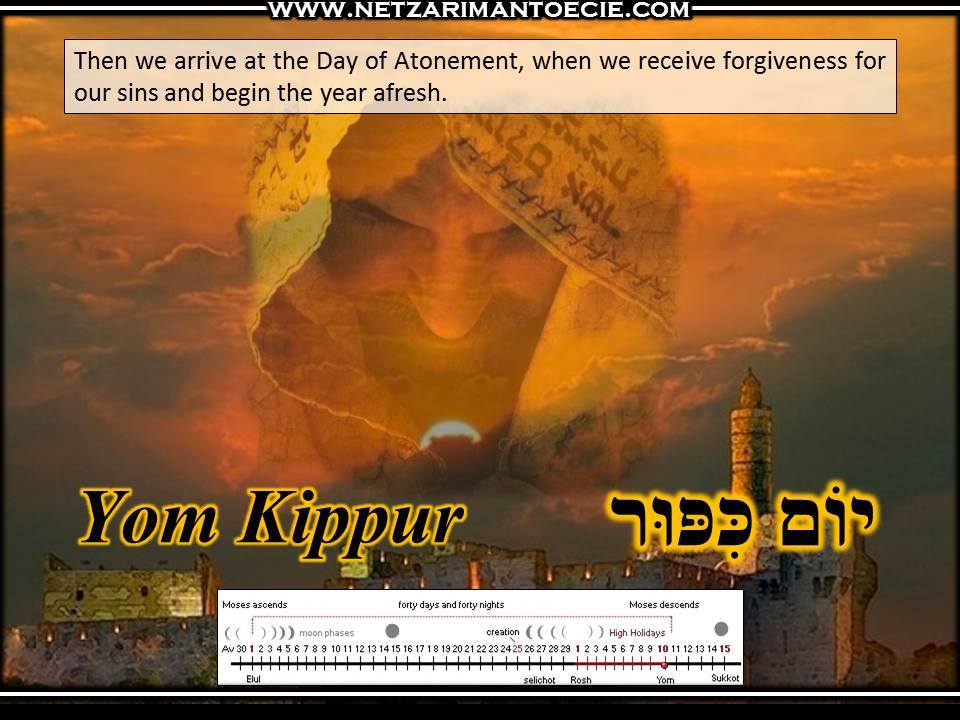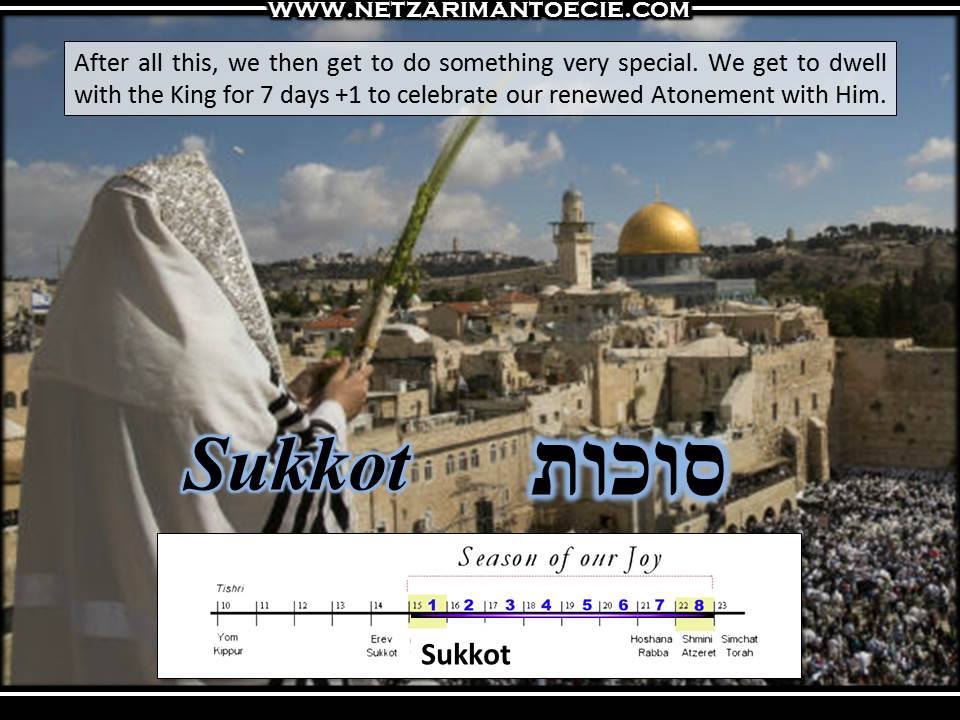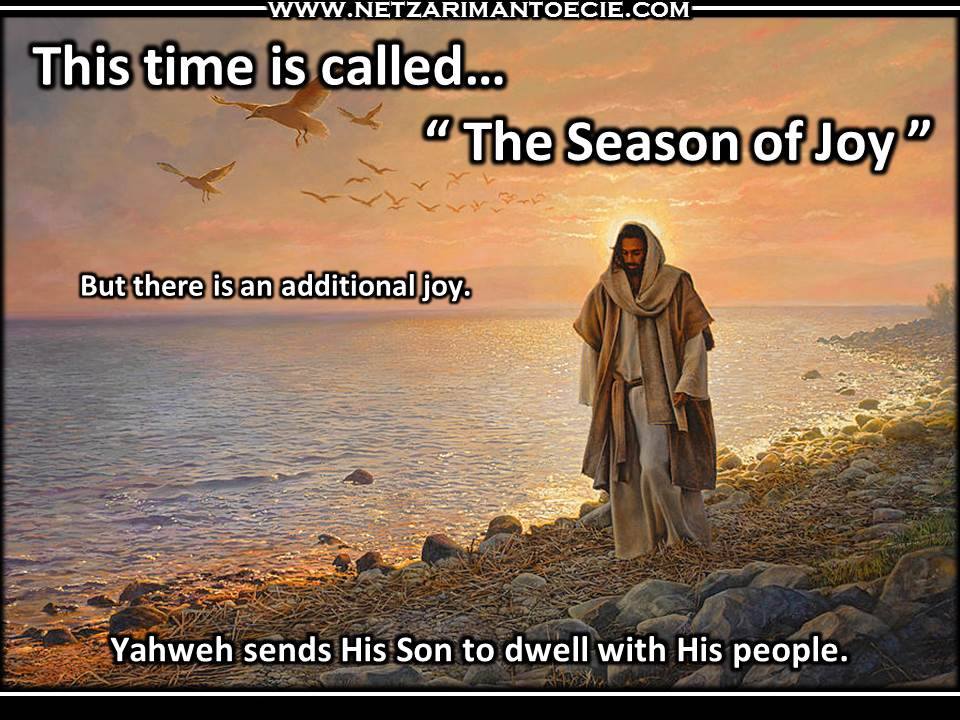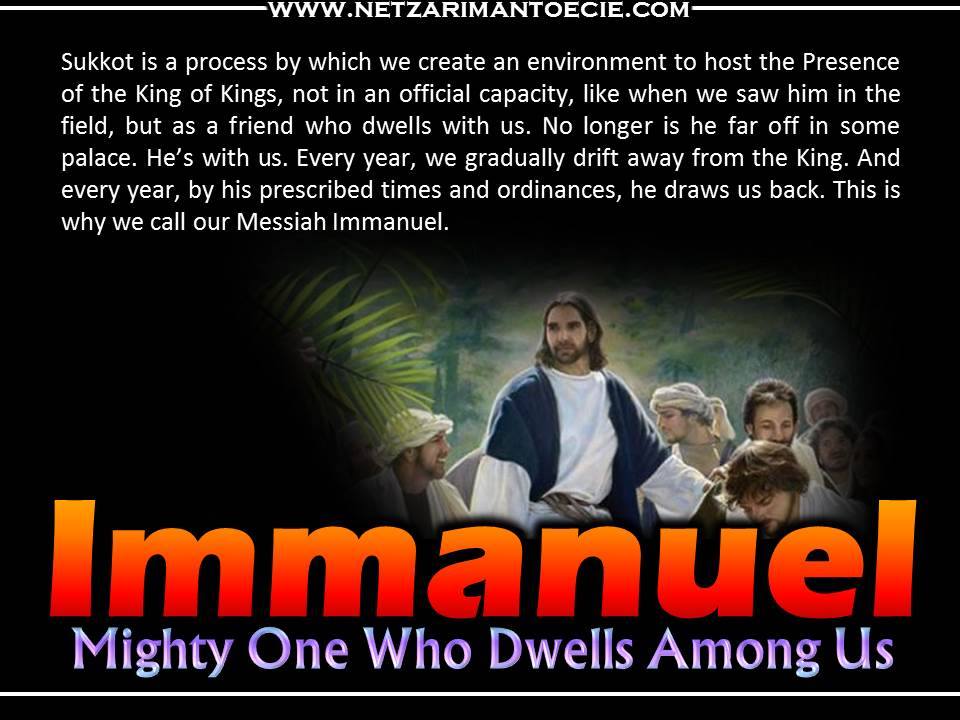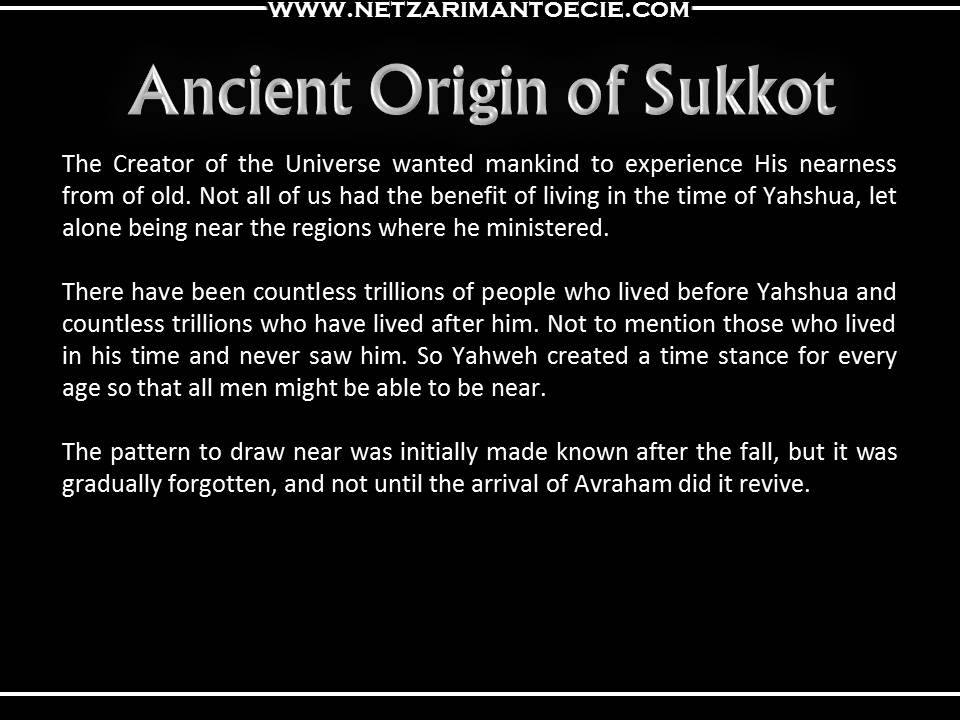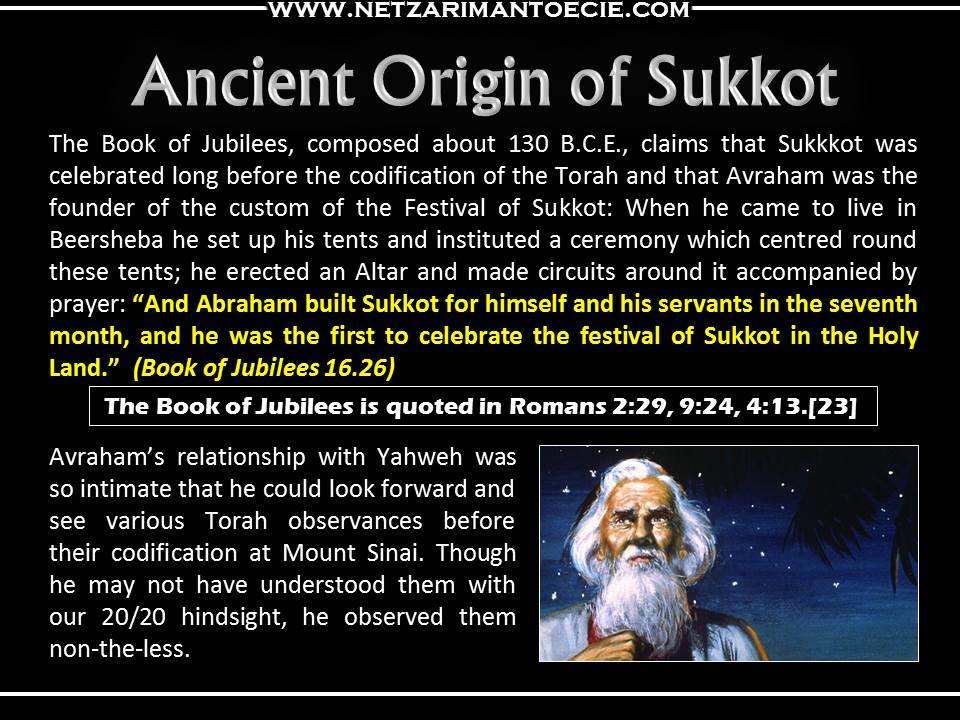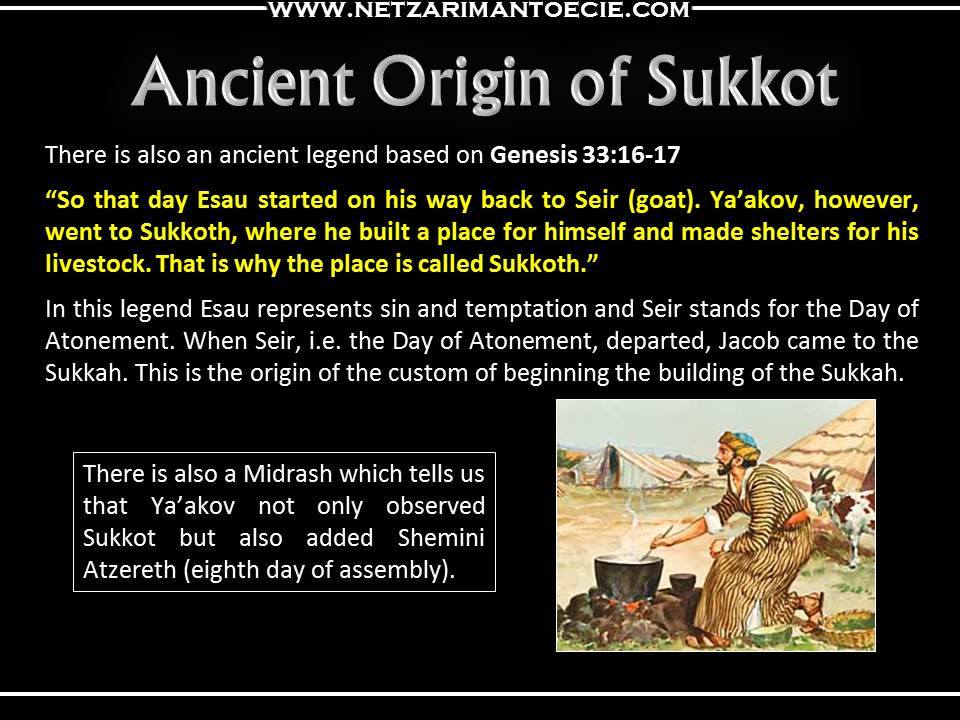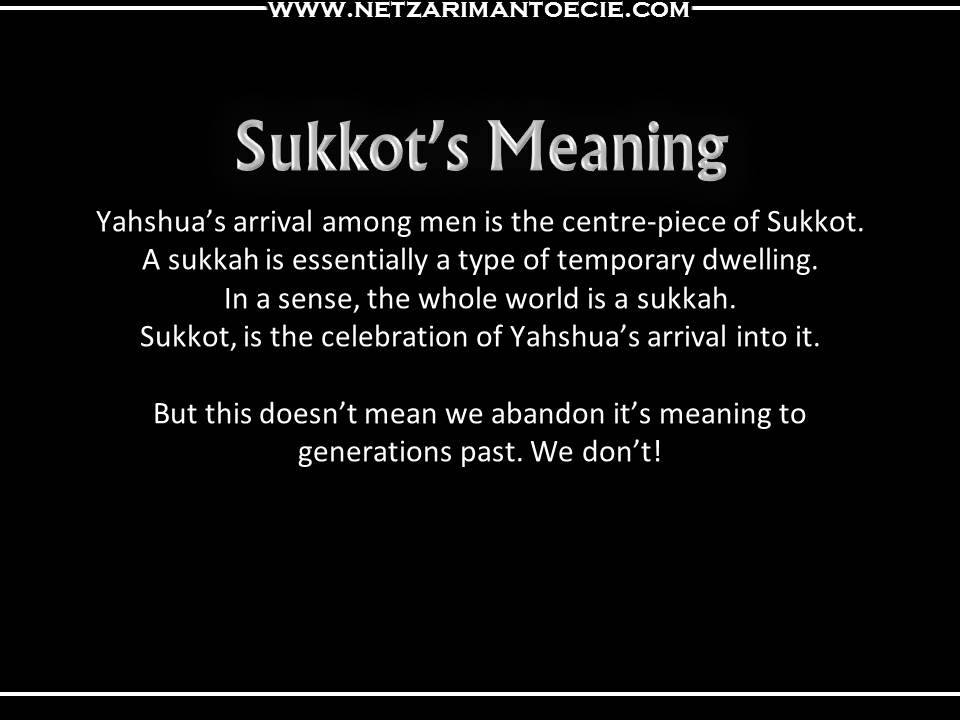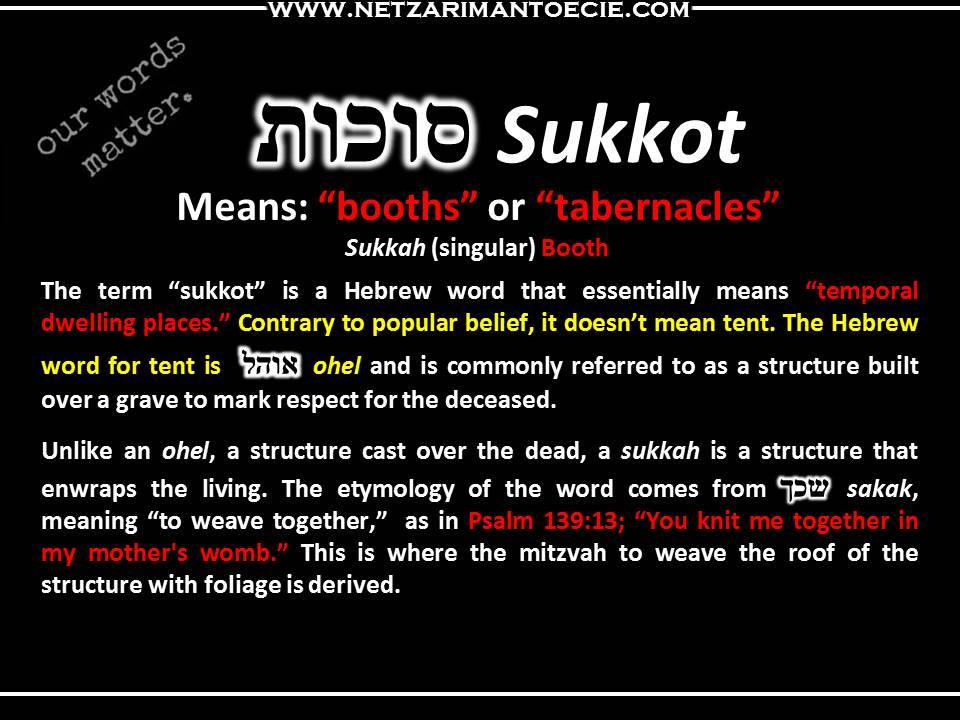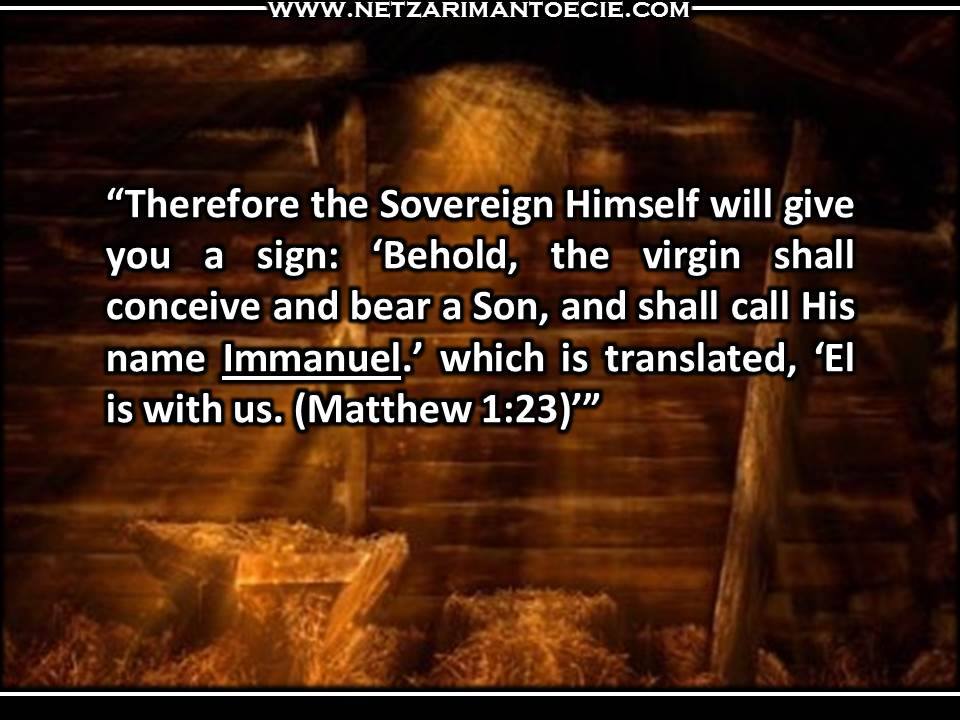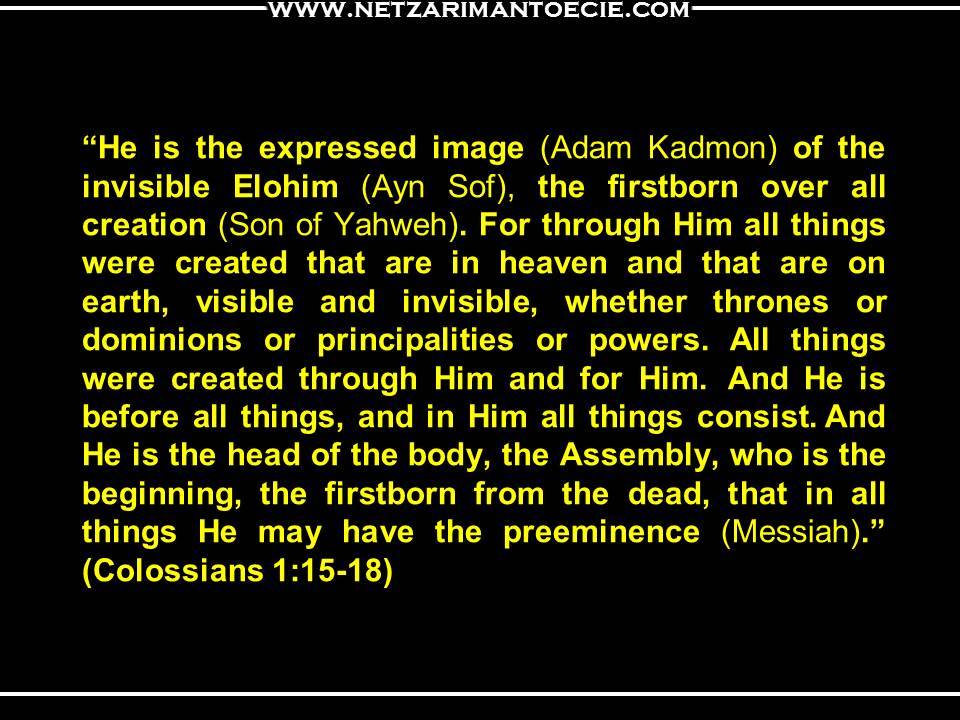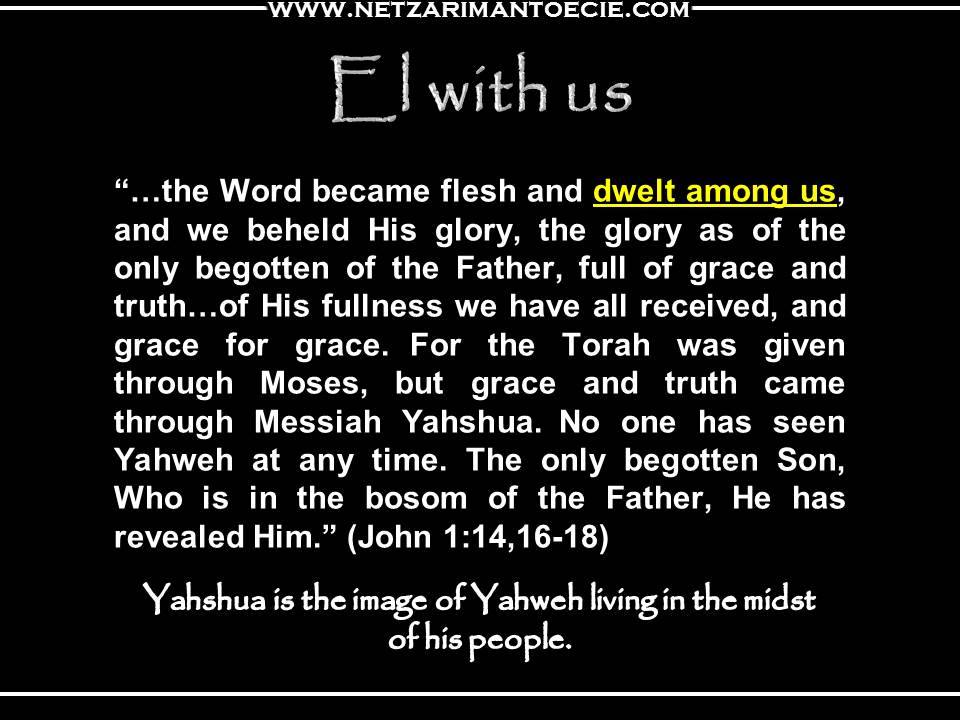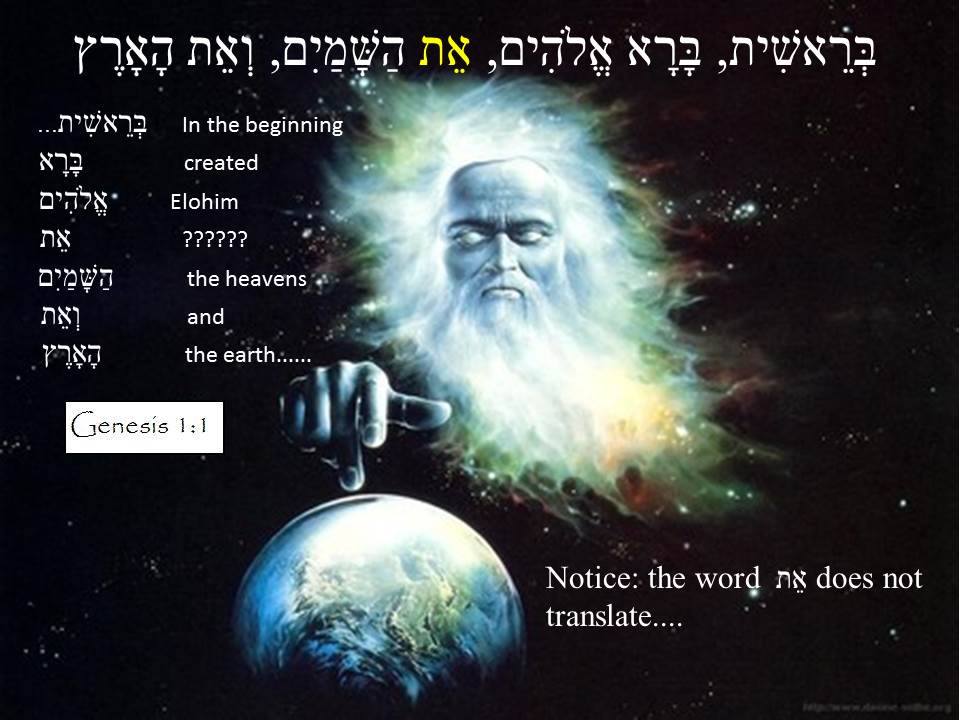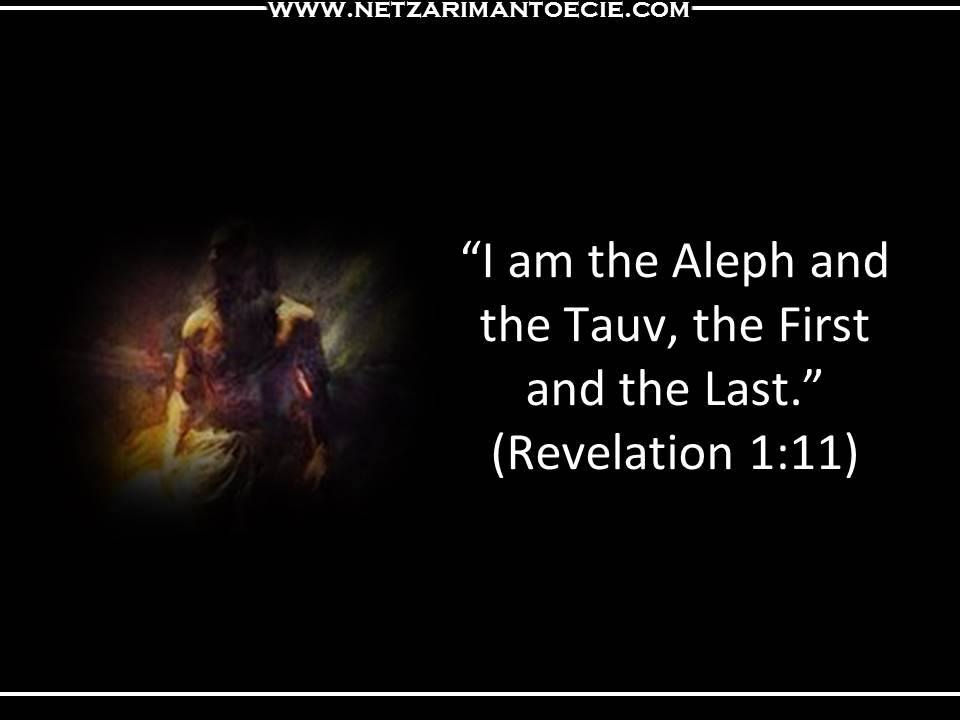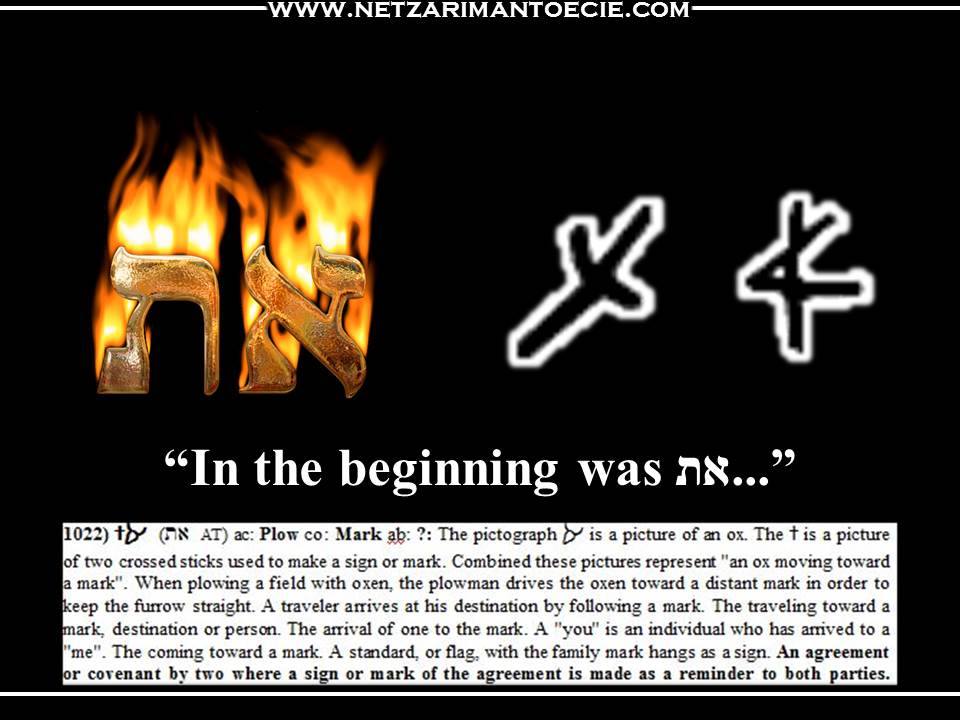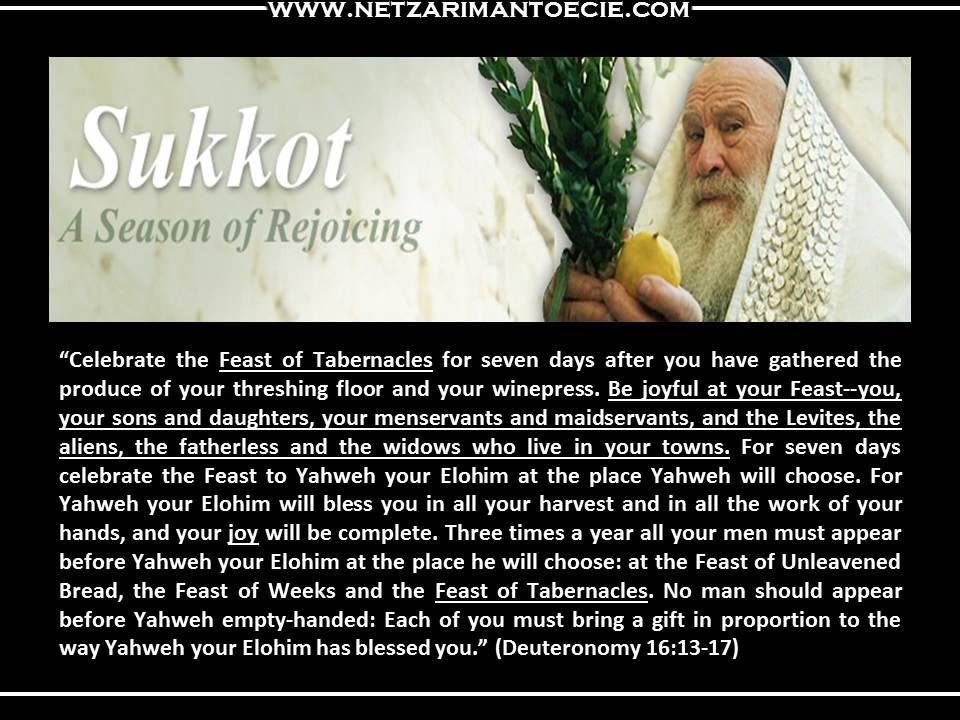Video Teaching
Audio Teaching (Downloadable)
Study Notes and Slides
Reclaiming the Original Faith Part 5
The Torah Controversy
Introduction: In our last teaching we discovered some facts that today have been grossly misunderstood leading many into teachings that have so obscured the faith that it has led to great Controversy. We discovered that through faith in Yahshua there was not a turning away from Torah but rather an increase of zealousness towards Torah. What was most challenging was the fact that it was Ya’acov (James) the half-brother of Yahshua that was elected by the top three leaders as the “Nasi” or Overseer of the Netzarim movement also called the Way and not as commonly thought being Kepha (Peter).
The character of Ya’acov (James) & his reputation now became of extreme importance as the writings of Jerome confirm. He was known as a Tzadik or righteous one that was so highly respected that even the Yahudi (Jewish) religious leaders had great respect for his strict Torah observance and his extreme prayer vigilance giving him the reputation of having Camel’s knees. This therefore gave us an insight into the early movement of believers revealing that like Ya’acov (James) they were not unlike the Yahudim (Jews) in their observance except that they believed in Yahshua as the promised Moshiach (Messiah) something that caused the extreme persecution.
So influential was Ya’acov that Josephus reveals that the destruction of the Beyth Ha Mikdash (The Temple) was the direct result of his death since the followers of Yahshua had become a great multitude by then.
We also came to the conclusion that the “Sepher of Ya’acov” (Book of James) was in all probability the first to be written of the Brit Chadashah (New Testament) therefore it displays a very raw or fundamental character about it unlike the later letters of Shaul (Paul) which are very heavily doctrinally centred.
Finally we found that Ya’acov had the purpose of strengthening the dispersed believers and so had the overwhelming purpose of developing inner character reflected in conduct, behaviour and deeds of Torah and therefore was a very practical work to enhance Righteous living and Covenant relationship with the Elohim of Yisrael.
The Grander Purpose of the Good News:
To fully appreciate the purpose of the Besorah (the Good News) we need to look at whom the letters were commonly addressed to. We firstly note that it is quite clear at the beginning of the Letter of Ya’acov (James):
Ya’acov (James) 1:1 Ya‛acov (James), a servant of Elohim and of the Master Yahshua Messiah, to the twelve tribes who are in the dispersion:
We should all be aware that during the Assyrian conquest the northern ten tribes were scattered to the four winds and after the Babylonian captivity only a remnant of the southern Kingdom known as Yahudah (Judah) returned to rebuild Yerushalayim. The result was that many Yisraelites still dwelt in what was called the Diaspora or dispersion. After the stoning of Tzephanyah (Stephen) we also discovered that the good news of Moshiach (Messiah) spread and captured the hearts of some of the dispersed of Yisrael so it was to these that the message was sent though some Goyim (Gentiles) may have joined the Kehillot (Assemblies) that this letter was directed to.
Even Yahshua makes it quite clear what his calling was when a woman of Canaan seeks him for deliverance of her daughter:
Yochanan (John) 15: 24 But he answered and said, “I was not sent except to the lost sheep of the house of Yisrael.”
The purpose of Yahshua therefore was to bring the lost tribes of Yisrael back to the Covenant of Yahweh through obedience to his Torah. It was by his sacrificial blood that he was able to atone for Yisrael’s sin but also at Mount Sinai Yisrael was betrothed to YHWH but after the northern tribes known by the name of Yisrael chased after other Elohim they were given a certificate of Divorce according to:
YermeYahu (Jeremiah) 3:8 Then I saw that for all the causes for which backsliding Yisrael had committed adultery, I had put her away and given her a certificate of divorce;
Since Sinai is the Betrothal, the land the Dowry, Yisrael was dispersed and since YHWH must obey Torah (Devarim 24) the death of Yahshua enabled him to now remarry the lost of Yisrael and all who would choose to be grafted into Yisrael and enter into the renewed Covenant.
RomiYah (Romans) 7:1-4 Or do you not know, brothers – for I speak to those knowing the Torah – that the Torah rules over a man as long as he lives? 2 For the married woman has been bound by Torah to the living husband, but if the husband dies, she is released from the Torah concerning her husband. 3 So then, while her husband lives, she shall be called an adulteress if she becomes another man’s. But if her husband dies, she is free from that part of the Torah, so that she is not an adulteress, having become another man’s. 4 So my brothers, you also were put to death to the Torah through the body of Messiah, for you to become another’s, the One who was raised from the dead, that we should bring forth fruit unto Elohim.
Many will suggest to you that these verses show that we are now free of the Torah that held us but the answer is revealed in the next verse:
Click again
5 For when we were in the flesh the passion of transgressions which came through Torah did work in our members to bring forth fruit unto death.
Surely what we are reading is that before Moshiach (Messiah) our passion was to transgress the Torah but now being joined to Messiah the heart to transgress was replaced with a new heart, the heart of obedience.
Ezekiel 11:19-20 Then I will give them one heart, and I will put a new spirit within them, and take the stony heart out of their flesh, and give them a heart of flesh, 20 that they may walk in My statutes and keep My judgments and do them; and they shall be My people, and I will be their Elohim.
Through all of these scriptures we find the centrality of Torah in establishing the faith by which we understand the righteous standard of Elohim.
Be Doers of Torah:
The letter of Ya’acov (James) is challenging the dispersed of Yisrael who have come into the faith of Moshiach (Messiah) to not just hear the Word but to be Doers of the Word.
Remembering that all Yisrael recite “the Shema” which calls them to hear YHWH we find him challenging them to be doers and not only hearers. What Word of YHWH is he referring to? Surely he is challenging obedience to the Torah since at that time no scripture existed but the Tanakh (the Old Testament):
Ya’acov (James) 1:23 For if any be a hearer of the Torah, and not a doer, he is like a man beholding his natural face in a mirror: 24 For he sees himself, and goes away, and immediately forgets what type of man he was.
The Mirror he is inferring is without a doubt the Torah for it is the means by which we know our sins. The doer of Torah therefore is one who diligently study’s his face in the mirror seeking imperfections that he may correct:
Click again
RomiYah (Romans) 7:7 What shall we say then? Is the Torah transgression? Elohim forbid. No, I had not known transgression but by the Torah: for I had not known lust [as transgression] except the Torah had said, you shall not covet.
Since Pesach (Passover) represented the Atoning blood of Yahshua that delivered us out of the slavery of sin & Sinai represented the giving of the Torah we have now the challenge to obey YHWH’s Torah but not without his aid through the Ruach Ha Kodesh (the Holy Spirit) which has been given to us in order that his Torah might be implanted in our hearts.
The Great Controversy
As we mentioned in our last teaching, the “Sepher of Ya’acov” (the book of James) has been often questioned and at best neglected and many Doctrines derived from misunderstanding the letters of Sha’ul (Paul) so it is appropriate to try to come to terms with these to understand whether there is in fact any differing of teaching.
Ya’acov (James) 2:14- 17 What does it profit, my Yisraelite brothers, if a man says he has emunah (faith), and has not mitzvoth (works of Torah)? Can emunah (faith) save him? 15 If a brother, or sister is naked, and destitute of daily food, 16 And one of you says to them, “depart in shalom (peace), may you be warm and filled”; but you give them not those things that are needful to the body; what use is it? 17 Even so faith, if it has not mitzvoth (works), is dead, being alone.
Are Ya’acov (James) and Shaul (Paul) in conflict here? Luther and the Institutionalized Church would have you believe so. But it’s not an issue of contradiction but rather of contrasts in four particular areas:
- The Situation: Shaul was speaking on the way one is justified and by so doing he was countering legalism while Ya’acov (James) was speaking of the life of the Justified and is thereby countering Lawlessness.
- The Meaning of Justification: In Shaul’s writings he means acquittal as the means by which one is justified & uses a Roman legal term while Ya’acov (James) is speaking of vindication therefore the result of laying claim to faith by a demonstration of works of Torah:
- The Intention: Shaul was contrasting two opposing ways of Salvation; Salvation by Works of Torah or by Favour (Grace) through faith. The intent of Ya’acov (James) however was to contrast two kinds of faith, a living faith and one that was dead.
- The Place of Works: Sha’ul (Paul) argues against works as a means of Justification while Ya’acov (James) argues in favour of works in the lives of those who are already “Justified” as a proof of their faith. We could say that Ya’acov (James) is saying that a faith that saves is a faith that Works.
We could conclude that Faith & Works are both involved in Salvation but it’s about the order:
First- Faith being the means of Salvation.
Second- Works being the evidence of Salvation.
Both Shaul (Paul) & Ya’acov (James) are in complete agreement that Avraham was counted Righteous by faith but Ya’acov would add that Avraham demonstrated his faith through the offering up of Yitschaq (Isaac) after which YHWH said:
Bereshith (Genesis) 22:10- 12 And Abraham stretched out his hand and took the knife to slay his son, 11 but the Messenger (the D’var) of YHWH called to him from the heavens and said, “Abraham, Abraham!” And he said, “Here I am.” 12 And He said, “Do not lay your hand on the boy, nor touch him. For now I know that you fear Elohim, seeing you have not withheld your son, your only son, from Me.”
It is now appropriate to consider what one of the later Assembly leaders said with regards the Works of Torah with respect to the Faith:
Polycarp the personal companion of Yochanan (John) wrote in a letter to the Philippians:
“He who raised him up from the dead will also raise us up- if we do his will & walk in his Commandments (Mitzvot) and love what he loved, keeping ourselves from all unrighteousness.”
Since in our time the thought of obedience to Torah seems Heretical it is of great interest to consider what group actually taught the Doctrine of Salvation by faith alone. The Heretical group that taught this doctrine was none other than the Gnostics that I have mentioned in my Divine plan series who were very destructive to the early faith since today some of their Doctrines still prevail while all of the Fathers taught a Faith that produces works was true faith. In that we see that the Sepher of Ya’acov (Book of James) in actuality gives us a much better indication of how the believers were taught to live.
Controversial Scriptures:
To understand how Torah relates to the Renewed or New Covenant depending on who we are talking about we need to look at some major Scriptures that have caused many misunderstandings:
The following is often quoted to say the Torah has changed but we need to see if this is true by reading in context:
Ibrim (Hebrews) 7:11 If therefore completion were by the Levitical priesthood (for under it the people received the Torah) what further need was there that another Kohen (Priest) should arise in the manner of Malki-Zedek (Melchizedek) and not be called in the manner of Aaron. 12 For the Priesthood being changed there is made of necessity an adjustment also of the Torah.
This verse will be often quoted to substantiate that the Torah has changed but if we look to the context we find that it is referring to a transfer of administration meaning that the High Priesthood is changed to Yahshua. It is therefore his position as eternal Cohen Ha Gadol (High Priest) that has secured for us a better Covenant through who he is:
Ibrim (Hebrews) 7:26 For such a Kohen Ha Gadol (High Priest) was fitting for us, who is Kadosh (Holy), innocent, undefiled, separate from transgressors and made higher than the Shamayim (the Heavens) who need not daily as those High Priests to offer up sacrifices first for his own transgressions and then for the people’s for this he did once when he offered up himself.
Ibrim (Hebrews) 8:1-2 Now this is the main point of the things we are saying: we have such a Kohen Ha Gadol (High Priest) who is seated at the right hand of the throne of Majesty in the Shamayim (Heavens) 2 a minister of the Sanctuary & of the true Tabernacle which YHWH erected & not Man.
From this context we discover that the entire portion is about the Superiority of Yahshua’s Eternal Priesthood that guarantees a better Covenant with better promises since he ministers in the Heavenly Sanctuary and not the Shadow and his ministry is forever.
The Unnecessary Trainer:
Galatians 3: 24-25 Therefore the Torah became our trainer unto Messiah, in order to be declared right by faith. 25 And after faith has come, we are no longer under a trainer.
Rather than implying what many have suggested that Torah is unnecessary once one comes to Messiah, Sha’ul (Paul) is suggesting that when faith comes there is a spiritual maturity since just like a child that has the discipline of the rod as he is taught the laws of the house there comes a day when he is perceived as mature and is free to exercise those laws that have been given him. We could say the letter of the Torah was the rod of discipline but as faith comes this is replaced by the Spirit of the Torah or the maturity that faith brings that causes one to love Torah. This verse in no way suggests the Torah is unnecessary but rather that the individual has had a heart renewal in Torah obedience through the work of the Ruach Ha Kodesh (the Holy Spirit).
The Yerushalayim Council Resolution:
One of the major contentions that Christians will use to validate an anti Torah observance is found in the gathering at Yerushalayim of Ya’acov (James) and the Elders of the Kehillot (the Assemblies) of the believers regarding the conversion of Goyim (Gentiles) into the faith. With much dispute the Assembly concluded that the Goyim (Gentiles) as well as the Yahudim (Jews) were all saved by the loving Kindness (Grace) of the Master Yahshua Ha Moshiach (the Messiah). Christians will argue that Salvation is by faith & not Ancestry or obedience to the Law of Mosheh. To this point there is no question but before we get too carried away we need to look further. We firstly read the basic conditions whereby Goyim (Gentiles) could enter the Assembly of believers:
Acts 15:19-20 Therefore my (Ya’acov’s) decision is this, that we trouble them not, those returning to Elohim from among the Goyim (Gentiles):
20 But that we write to them that they should abstain from pollutions of idols and from whoring and from things strangled and from blood.
Many translations will have the word “turning” but in many contexts this word is “returning” and in Greek it is the Strong Number G1994 “ep-ee-strefo” which means to come again or return: The Hebrew being “Shuv” as in T’shuvah.
The content therefore in this juncture of time is generally referring to the dispersed tribes of Yisrael who had become Goyim or Gentiles which again is a reference to their heathen practice in Paganism from which many had since turned to Elohim.
All these prohibitions were stated in Torah so these were the minimum requirements to fellowship with Hebrew believers, to eat and sit with them & learn in the Synagogues then they would be referred to “Ger Toshav” or returning Aliens.
The answer to whether Torah was to be observed is best revealed in the verse that directly follows as it shows that even these believers came to the Synagogue on Shabbat and heard the words of Mosheh in order that they progress in Torah observance and become what was called a “Ger- Tzadik” a Righteous Stranger.
Click again
Acts 15:21 For the Torah of Mosheh has been proclaimed in every city and read weekly in the Kehillot (Assemblies) each Shabbat (Sabbath).
This clearly reveals that the believers were keepers of Shabbat & that the Torah of Mosheh needed to be studied and we see that nothing had changed apart from an acceptance of Yahshua as the Messiah.
“Under the Torah (Law)”
This is possibly the most common attack to Torah observance so we need to take time to correct this. This statement comes from the following scripture:
Romans 6:14-15 For sin shall not rule over you for you are not under Torah (Law) but under favour (Grace).
In anticipation that some will construe Sha’ul’s (Paul’s) words to mean that you can break the law because you are under grace, he says, “Shall we sin (break the law) because we are not under law but under grace? “Certainly not!”
Being under the Torah however has a different meaning than many think because it refers to being condemned by the Torah.
Since in Moshiach (Messiah) scripture teaches that we are free of the curse or condemnation of Torah according to the following:
Click again
Romans 8:1 There is now no condemnation to them that are in Messiah Yahshua, who do not walk according to the flesh, but according to the Spirit.
However a believer in Yahshua has been empowered by the favour of YHWH working in his life giving him the desire to obey the Torah of Elohim out of exceedingly great thankfulness so the favour of YHWH is in no way a licence to transgress Torah.
An Example:
Suppose a murderer has been sentenced to death in the electric chair. Waiting for the execution, the man would be “under the law” in every sense of the word—under the guilt, under the condemnation, and under the sentence of death. The governor reviews the condemned man’s case and, just before the execution date, gives him a full pardon. Now the man is no longer under the law but under Loving Kindness (grace). Can we say that he is free to break the law? Indeed not! Yet he has another reason to keep the law this time—as a loving response to the pardon. In gratitude, he will be careful to remember and honour the law of the state that granted him grace.
Click again
Romans 3:31 Do we then Nullify the Torah through the faith? Let it not be! On the contrary we establish the Torah.
The Summary:
- The Grand purpose of the “Good News” was to sift Yisrael out of the Nations which also included those who through faith in Yahshua would be grafted into Yisrael.
- Ya’acov (James) declares we are to be doers of the Torah & not just hearers.
- The apparent Controversy between Ya’acov (James) & Sha’ul (Paul) is resolved when we realize it’s about the order:
First- Faith being the means of Salvation.
Second- Works being the evidence of Salvation.
- The Controversial verses teach us the following:
- That the Administration of the Priesthood was transferred to Yahshua but the Torah remained unchanged but adjusted.
- Faith brought Maturity in Torah obedience by the Ruach (Spirit) of Yahshua.
- The Acts 15 dispute was about the minimum entry into the fellowship and not a rejection of Torah for converts who had believed in Yahshua as the Messiah.
- Under the law- relates to being condemned by the Torah since Yahshua bore the condemnation:
Conclusion:
The aim of this message is to show us that YHWH used the Torah to bring us to the feet of our Messiah who through his sacrifice atoned for our sin. As a result of his cleansing from sin all who receive him have been given a new heart from YHWH empowering them to now walk as Yahshua walked in Torah obedience.
This journey should now become a delight & not a burden & sprout out of an exceedingly great thankfulness to YHWH & that of Yahshua his beloved son.
The “Good News” therefore is about a renewed relationship with YHWH through his son Yahshua our Master & Saviour and a return to his Righteous principles as revealed in his Torah. Torah ultimately is our window into the very heart of YHWH our great Elohim & Creator who has always desired to dwell with us in fellowship. Though Yahshua is the Torah that became flesh more importantly he is the express image of the invisible Elohim so he declared “if you have seen me you have seen the Father.”
“This revelation alone should be enough to transform our lives that we begin to live in total accord to his will.”
Amein!











































